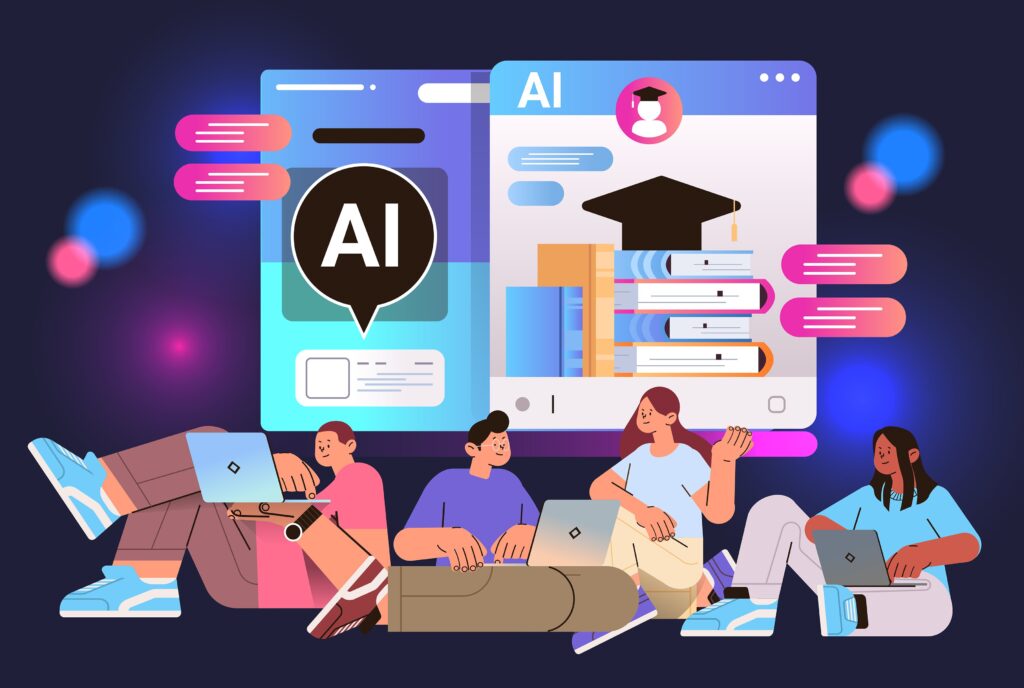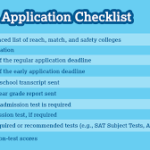Education is experiencing a profound transformation, fueled by the rapid advancements in technology. At the core of this shift are digital learning platforms, which are revolutionizing the way knowledge is acquired, shared, and applied. As we embrace this new chapter in education, these platforms are becoming more dynamic, inclusive, and transformative. Let’s delve into the key trends shaping the future of digital learning.
1. AI-Driven Personalized Learning

Artificial intelligence is redefining the educational landscape by enabling tailored learning experiences. Platforms now leverage AI to analyze individual learning behaviors, strengths, and areas for improvement, delivering content that aligns with each learner’s unique needs. For instance:
– Tools like Knewton and DreamBox adjust lessons dynamically based on student progress.
– AI-powered systems offer real-time feedback, accelerating the learning process.
This approach ensures that every learner’s journey is distinct, enhancing both engagement and outcomes.
2. Gamification: Making Learning Fun

Gamification is reshaping how students engage with educational content. By integrating game mechanics such as rewards, levels, and leaderboards, platforms are turning learning into an enjoyable and motivating experience. Notable examples include:
– Duolingo: Combines gamification with language learning to keep users hooked.
– Kahoot!: Transforms quizzes into interactive, competitive games.
This trend not only boosts participation but also fosters collaboration and friendly competition among learners.
3. Microlearning: Learning in Small Doses
In our fast-paced world, finding time for extensive courses can be challenging. Microlearning addresses this by offering concise, focused lessons that fit into busy schedules. Key characteristics include:
– Short videos, quizzes, and infographics that can be completed in minutes.
– Platforms like Blinkist and Quizlet providing quick, accessible learning opportunities.
This trend is particularly appealing to professionals and students seeking flexible, on-the-go learning solutions.
4. Immersive Experiences with VR and AR
Virtual Reality (VR) and Augmented Reality (AR) are elevating digital learning by creating immersive, interactive environments. These technologies simplify complex topics and make learning more engaging. Examples include:
– Medical students practicing procedures in virtual simulations.
– History enthusiasts exploring ancient civilizations through AR-enhanced lessons.
Platforms such as Google Expeditions and zSpace are pioneering this innovative approach.
5. Collaborative Learning Tools

Digital platforms are increasingly emphasizing collaboration, enabling seamless interaction between students and educators. Tools like:
– Microsoft Teams and Google Classroom for group projects and discussions.
– Miro for virtual brainstorming and idea-sharing.
This trend nurtures teamwork and communication skills, essential for success in today’s collaborative work environments.
6. Lifelong Learning and Career Upskilling
The demand for continuous education is growing, and digital platforms are meeting this need by offering opportunities for lifelong learning. Professionals are leveraging these tools to upskill or reskill throughout their careers. Examples include:
– Coursera and edX providing certifications and degree programs.
– LinkedIn Learning offering courses tailored to career growth.
This shift underscores the transition from education as a one-time event to an ongoing journey.
7. Accessibility and Inclusivity
Digital learning platforms are breaking down barriers, making education more accessible to diverse audiences. Innovations include:
– Tools like Otter.ai for real-time transcription, aiding learners with hearing impairments.
– Multilingual content to cater to global users.
This trend ensures that education is inclusive and available to all, regardless of location or ability.
8. Data-Driven Insights for Educators
Educators are benefiting from data analytics provided by digital platforms, which offer insights into student performance. These tools enable teachers to:
– Identify areas where students need additional support.
– Adjust teaching strategies based on progress tracking.
Platforms like Schoology and Canvas are leading this trend, enhancing both teaching and learning experiences.
9. Mobile-First Learning Solutions
With the widespread use of smartphones, digital learning platforms are prioritizing mobile accessibility. Features include:
– User-friendly mobile apps and interfaces.
– Offline access to course materials.
This trend reflects the growing preference for learning on portable devices, offering flexibility and convenience.
10. Prioritizing Mental Health and Well-Being
Recognizing the importance of mental health, digital platforms are integrating features to support learners’ emotional well-being. Examples include:
– Meditation and mindfulness exercises on platforms like Headspace.
– Tools to help students manage stress and maintain balance.
This holistic approach emphasizes both academic success and emotional growth.
The Future of Digital Learning Platforms
The future of digital learning is brimming with potential, driven by continuous technological innovation. Anticipated advancements include:
– AI-powered virtual tutors offering real-time guidance.
– Blockchain-based credentialing for secure certification verification.
– Global learning networks connecting students and educators worldwide.
Closing Reflections
The dawn of a new educational era is upon us, with digital learning platforms at the forefront. From personalized learning to immersive technologies, these platforms are making education more accessible, engaging, and impactful than ever. Embracing these trends is essential to unlocking the full potential of learners across the globe.
As we look ahead, the possibilities for digital learning are boundless. By staying informed and adapting to these evolving trends, we can pave the way for a future where education transcends all limitations.











